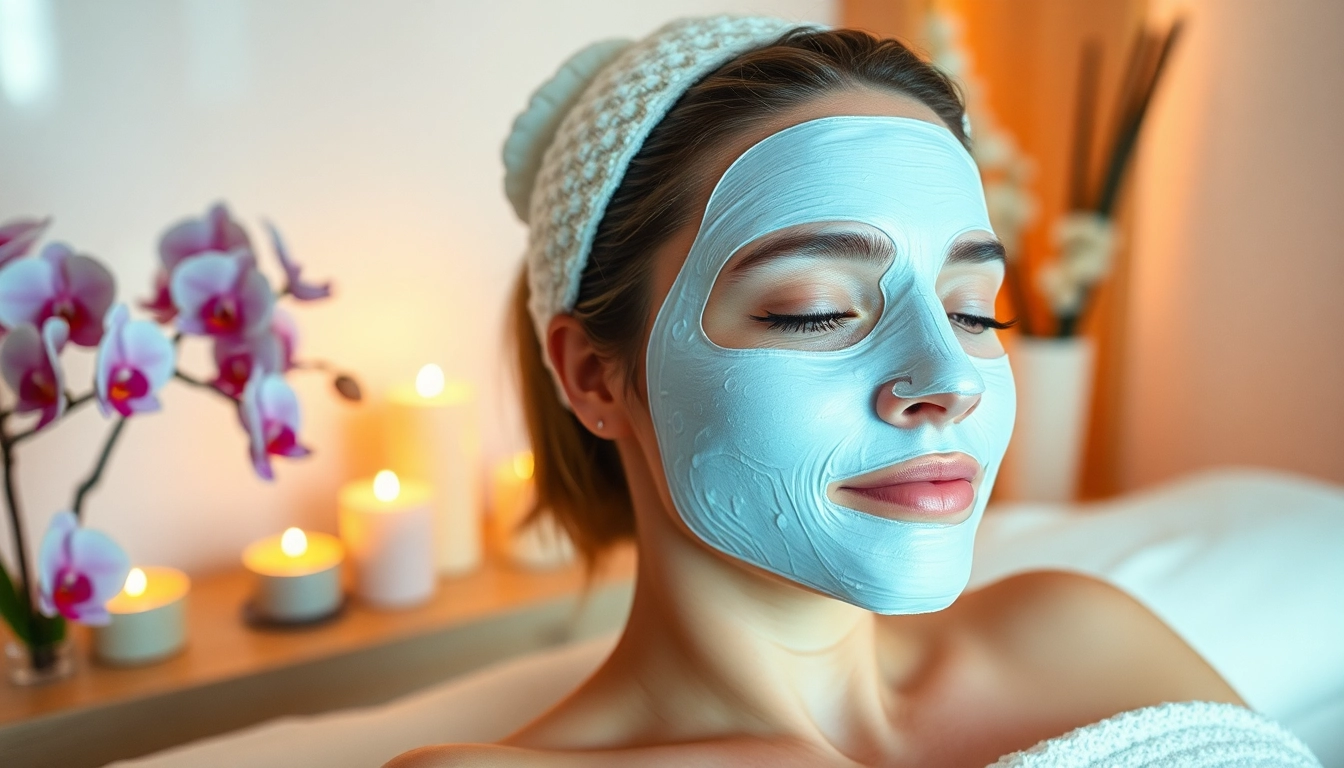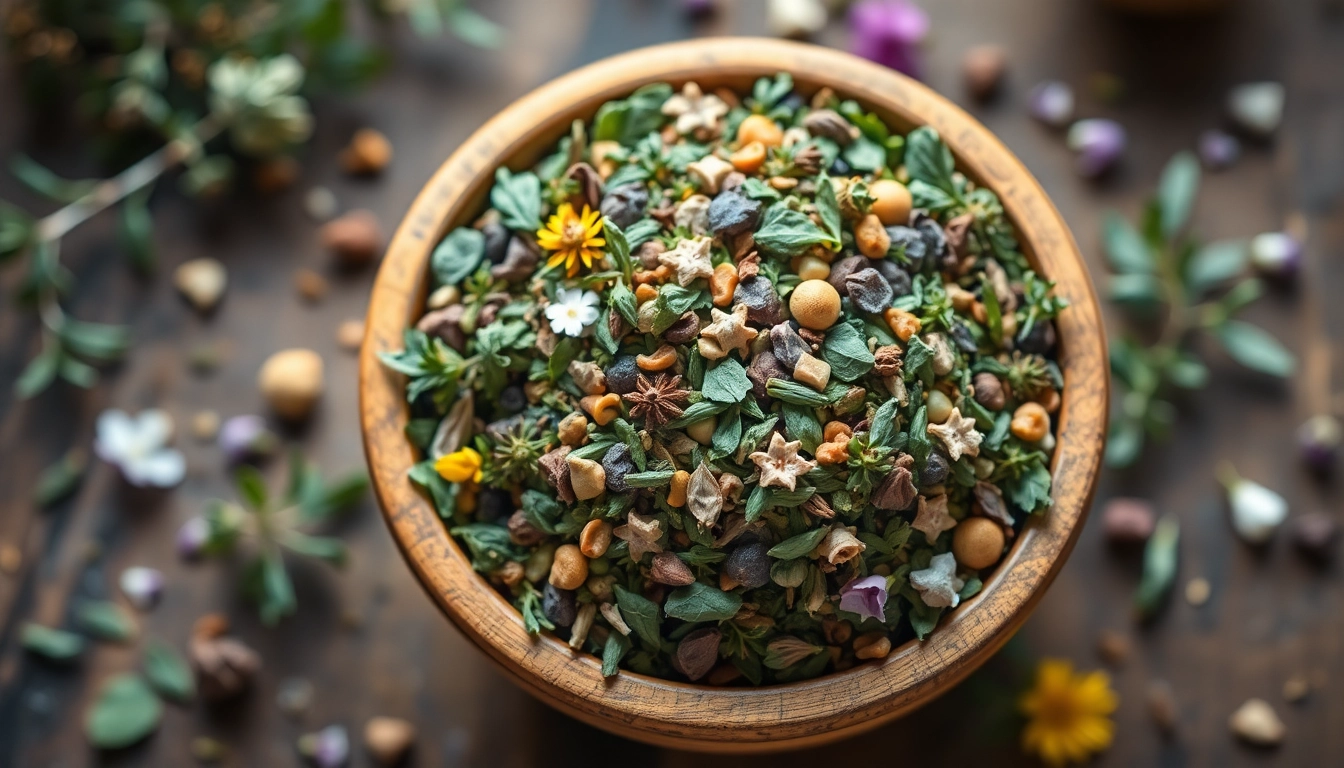Understanding the Benefits of Sheet Masks
In the booming world of skincare, sheet masks have emerged as a preferred choice for many seeking a quick, convenient, and effective way to enhance their skin’s appearance and health. These thin, damp sheets infused with nourishing serums have revolutionized the way we view facial treatments, offering a blend of hydration, treatment, and relaxation. This article delves into the advantages of using sheet masks, their makeup, application techniques, and crafting your own for an at-home spa experience.
What is a Sheet Mask?
A sheet mask is a facial mask made from a variety of materials, including cloth, paper, or gel, that has been pre-soaked in a solution rich in active ingredients. Designed to adhere directly to the skin, sheet masks allow for maximum absorption of the nourishing ingredients while also providing a barrier that locks in moisture. They cater to various skincare concerns, from hydration and brightening to anti-aging and acne treatment, making them a versatile addition to any skincare routine.
Key Ingredients to Look For in a Sheet Mask
When selecting a sheet mask, understanding the active ingredients is crucial. Some of the most beneficial components include:
- Hyaluronic Acid: A powerful humectant that attracts and retains moisture, making the skin plump and hydrated.
- Niacinamide: Also known as Vitamin B3, it helps to brighten skin tone, minimizes enlarged pores, and improves skin texture.
- Aloe Vera: Known for its soothing and anti-inflammatory properties, it’s perfect for calming irritated skin.
- Collagen: It aids in enhancing skin elasticity and firmness, offering a youthful glow.
- Vitamin C: A potent antioxidant that helps to brighten dull skin and reduce signs of aging.
How Often Should You Use a Sheet Mask?
The frequency of sheet mask application can vary based on individual skin needs and the specific mask’s formulation. Generally, using a sheet mask 1-3 times a week is sufficient for most skin types. Oily skin types may benefit from using lighter masks, while those with dry skin might find daily use of hydrating masks advantageous. Listening to your skin and adjusting your routine accordingly is key to maximizing the benefits.
Choosing the Right Sheet Mask for Your Skin Type
Sheet Masks for Oily Skin
For oily skin, look for sheet masks that contain ingredients like tea tree oil, salicylic acid, and clay. These components help to control excess oil and prevent breakouts without stripping the skin of its natural moisture. Opting for lightweight, hydrating masks that don’t clog pores, such as those with niacinamide or witch hazel, can also be beneficial.
Sheet Masks for Dry or Sensitive Skin
Dry and sensitive skin types thrive on deeply hydrating masks rich in ingredients like hyaluronic acid, glycerin, and avocado oil. Look for sheet masks that are fragrance-free and formulated with soothing ingredients like chamomile or calendula to prevent irritation and ensure a calming experience. The key is to hydrate without triggering inflammation or discomfort.
Sheet Masks for Combination Skin Types
Combination skin requires a balanced approach, making it ideal to select multi-functional sheet masks. Look for formulations that address specific zones, such as providing hydration to dry areas while offering oil control in oily zones. Ingredients such as aloe vera, cucumber extract, and rose water can help maintain balance and comfort across the entire face.
Application Techniques for Maximum Effect
Step-by-Step Guide to Applying a Sheet Mask
- Cleanse: Begin by cleansing your face to remove dirt, makeup, and impurities.
- Tone: Apply a toner to prepare your skin for optimal absorption of the mask’s ingredients.
- Apply the Mask: Remove the sheet mask from its package and carefully unfold it. Place it on your face, aligning it with your eyes, nose, and mouth.
- Relax: Leave the mask on for 15-20 minutes, allowing your skin to absorb the product.
- Remove and Pat: Carefully peel off the mask and gently pat the residual serum into your skin for maximum absorption.
Common Mistakes to Avoid When Using a Sheet Mask
To achieve the best results from your sheet mask, avoid these common pitfalls:
- Not Cleansing First: Always start with a clean face to ensure that the mask’s ingredients penetrate effectively.
- Leaving It On Too Long: Overusing sheet masks can lead to irritation or dehydration, as the mask may draw moisture back from your skin after it dries out.
- Skipping Moisturizer: After using a sheet mask, applying a complementary moisturizer can help seal in the benefits.
Enhancing Your Sheet Mask Experience with Layering
Layering can significantly enhance the benefits of using a sheet mask. Following a basic regimen of cleansing and toning, consider applying a serum that targets specific concerns before the mask. This way, the mask will lock in the active ingredients from the serum, leading to more pronounced results. Additionally, after removing the mask, layering with moisturizer or facial oil can add an extra boost of hydration and nourishment.
DIY Sheet Mask Recipes You Can Try at Home
Ingredients for a Hydrating Sheet Mask
Creating your own hydrating sheet mask is simple and can be tailored to your skin’s needs. Here’s a basic recipe:
- 1 tablespoon of coconut water
- 1 tablespoon of pure aloe vera gel
- 3-4 drops of lavender essential oil (optional)
Mix these ingredients and soak a clean cotton or silk sheet in the solution. Apply it to your face and leave it on for 15-20 minutes.
Creating a Brightening Sheet Mask with Natural Ingredients
This brightening mask is perfect for dull skin:
- 1 tablespoon of freshly squeezed lemon juice
- 2 tablespoons of yogurt
- 1 tablespoon of honey
Combine these ingredients and apply the mixture onto a sheet mask. Note: Avoid using lemon juice if your skin is sensitive or prone to irritation. Apply for 10-15 minutes and rinse off with cool water.
Cautions to Consider for DIY Sheet Masks
While creating DIY sheet masks can be fun, it’s essential to consider several factors:
- Patch Test: Always perform a patch test with new ingredients to check for allergic reactions.
- Freshness: Use fresh ingredients to avoid any contamination or spoilage, and only make as much as you plan to use right away.
- Limit Acidic Ingredients: Be cautious when using acidic ingredients like citrus, as they can cause sensitivity and irritation.
Measuring the Results: How to Know if Your Sheet Mask Works
Signs of Effective Hydration Post Sheet Mask
After using a sheet mask, you should notice an immediate boost in hydration levels. Look for signs such as:
- Plump and smooth texture
- Reduced appearance of fine lines and dryness
- Radiant, dewy finish
Long-term Benefits of Regular Sheet Mask Use
Incorporating sheet masks into your skincare routine can lead to long-term benefits, including:
- Improved skin elasticity and firmness
- Even skin tone and texture
- Fewer breakouts and clearer complexion over time
Tracking Your Skin Improvements Over Time
To measure the effectiveness of your sheet mask routine, consider keeping a skincare diary. Document your skin’s condition before and after using different masks, noting any changes in hydration, texture, and overall appearance. This tracking not only helps you understand your skin’s response to various products but also assists you in curating a personalized skincare regimen.



